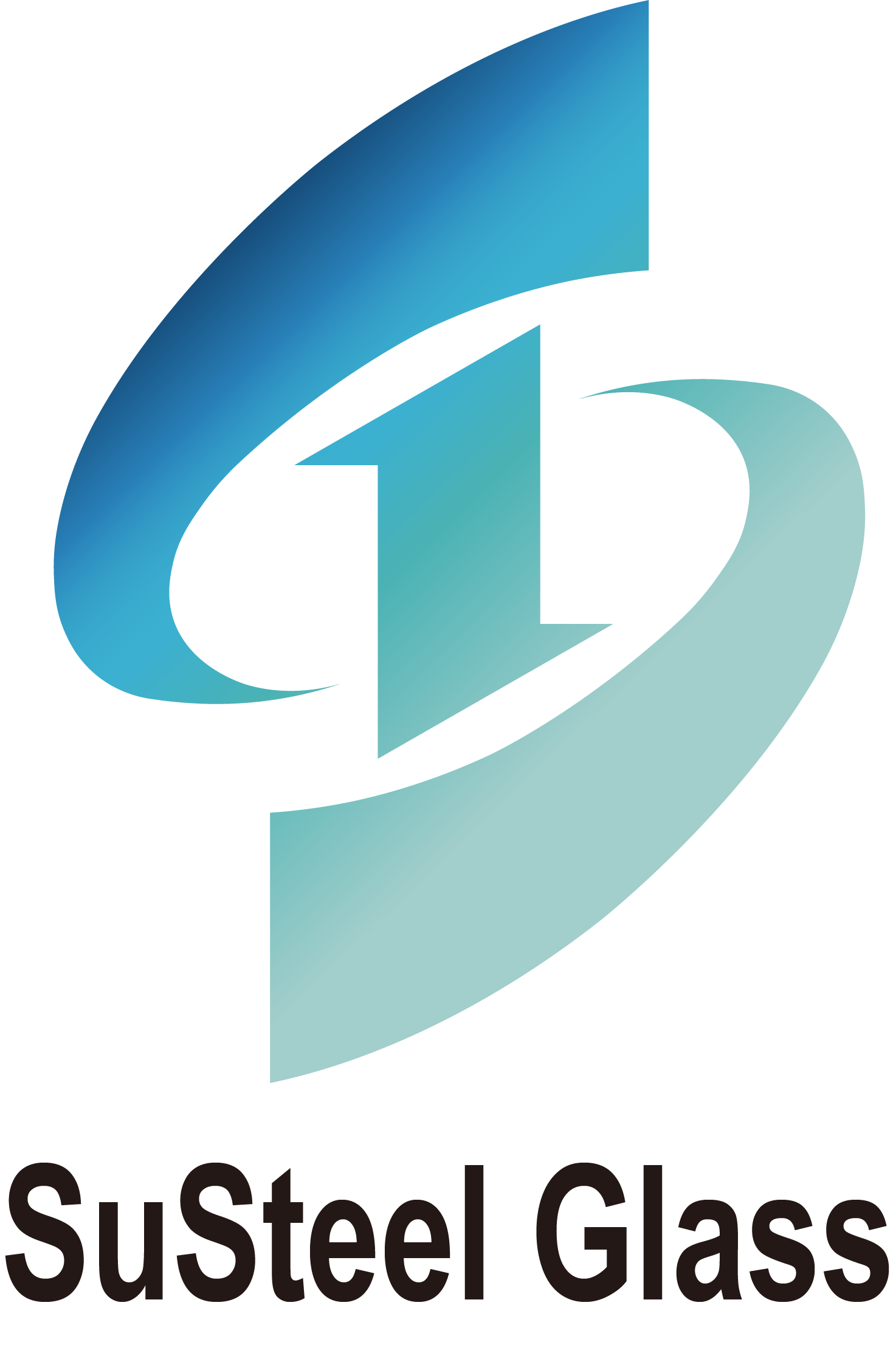
Glazed glass is in glass surface besmear a layer of color fusible color glaze, heat to glaze melt, make glaze layer and glass firm union together, via annealing or toughened processing and become. It has good chemical stability and decorative, suitable for building exterior wall finishes. Glazed glass production has two kinds of basic materials, the base glaze and pigment, the base glaze for the frit of fusible glass powder; Pigment is an inorganic coloring material, it can be an inorganic compound, also can be several inorganic compounds, with a certain ratio of grinding, mixing, sintering and grinding into powder.
Pigment, it is a kind of metal oxide or compound, can also be made of several metal oxide or compound, according to a certain ratio by grinding, mixing, sintering, washing, filtering, drying, and grinding into a fine powder. The sintering temperature and sintering time of various colors of pigments, the metal oxides and the tempering pigments are different. The dispersion of pigment in use is closely related to the size of its granules, with the smaller the granules, the larger the dispersion (granules are generally less than 5цm).
The role of the base glaze is to highly disperse the inorganic pigment, melt on the surface of the glass substrate at a lower temperature, and melt into a whole with the substrate; When the base glaze is fused, the inorganic pigment with strong coloring ability will dye it into color glass, and this layer of glass and glass substrate are combined to become a colorful glazed glass as a whole.
The process performance requirements of the base glaze: the melting temperature is low, can melt on the surface of the glass substrate before softening; It has good chemical stability and luster, and does not produce chemical interaction with inorganic pigment, neither causes the color change of inorganic pigment itself; The expansion coefficient is very close to the expansion coefficient of the glass substrate. When the temperature changes, the glaze does not produce cracking and burning.
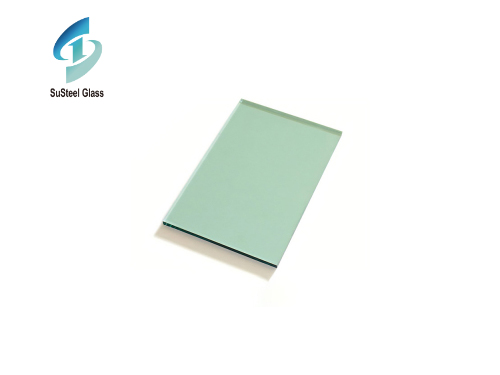 Exploring the World of Green Tinted Glass Products: Versatility and Sustainability
Exploring the World of Green Tinted Glass Products: Versatility and Sustainability
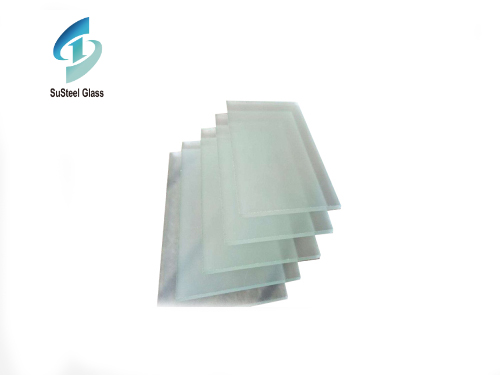 Exploring the Versatility and Elegance of Custom Thick Glass
Exploring the Versatility and Elegance of Custom Thick Glass
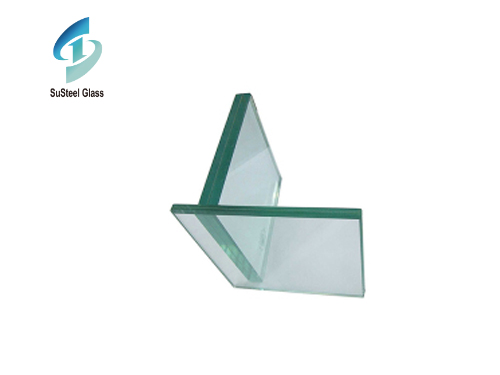 Unveiling the Strength and Versatility of Laminated Glass: Exploring Material Properties
Unveiling the Strength and Versatility of Laminated Glass: Exploring Material Properties
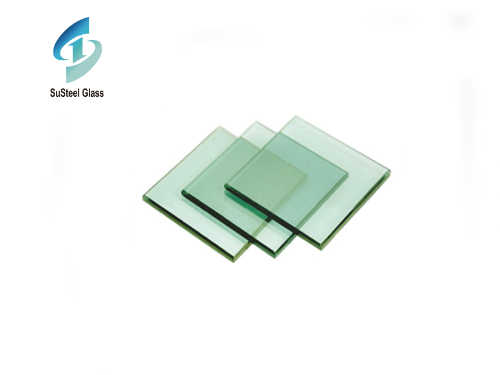 Enhancing Safety with Blast Resistant Glass: Innovations, Applications, and Protective Solutions
Enhancing Safety with Blast Resistant Glass: Innovations, Applications, and Protective Solutions

